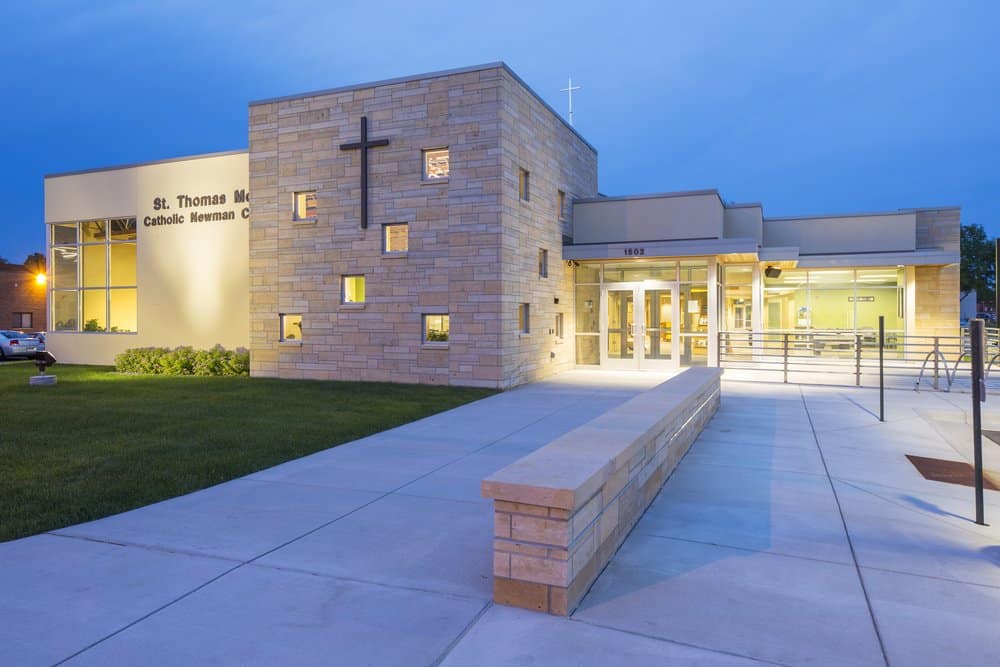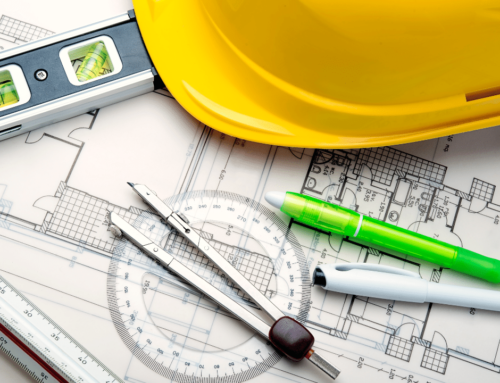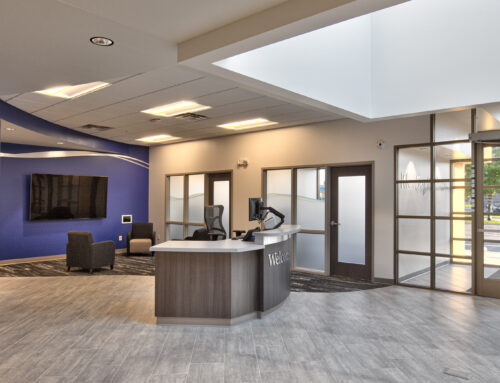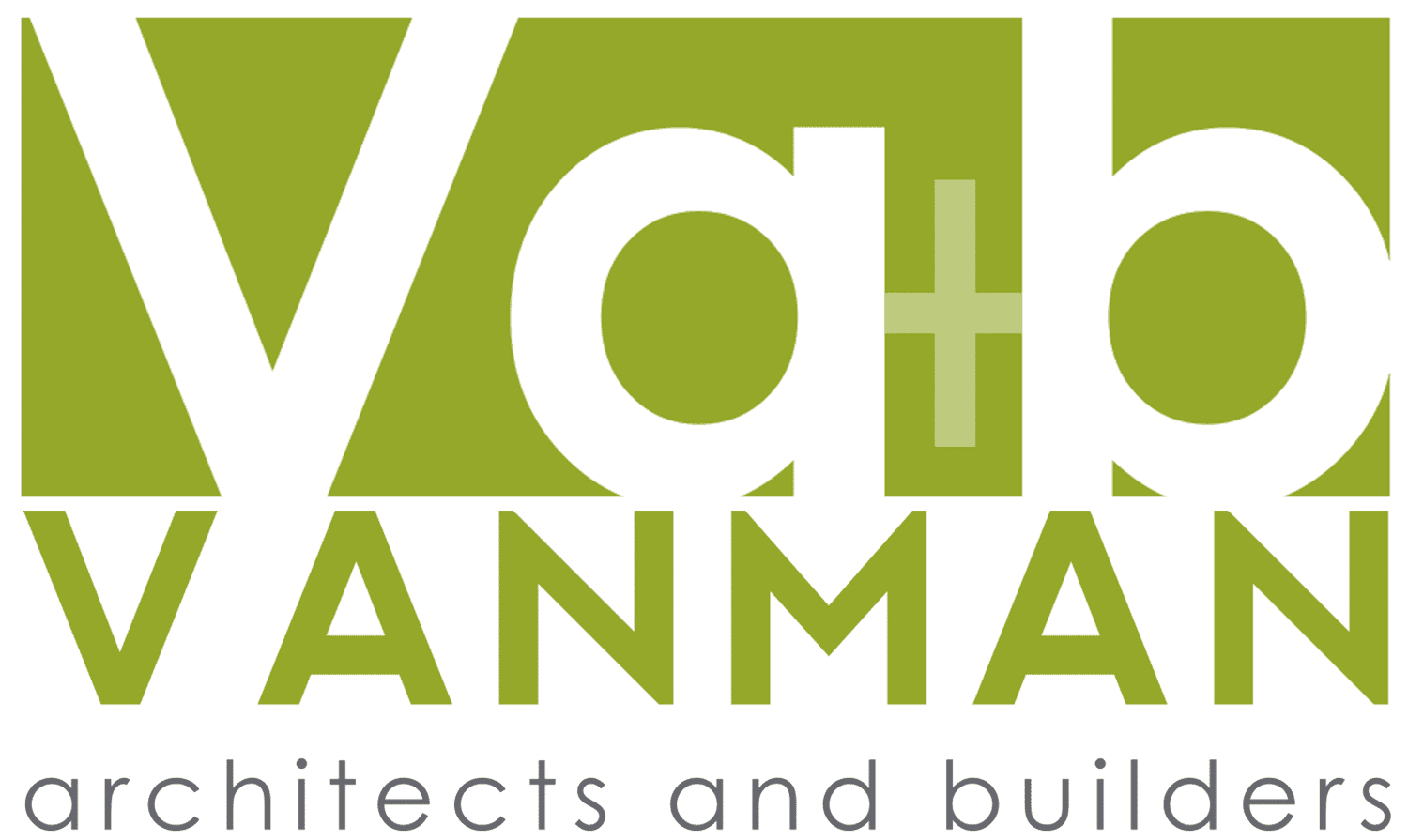This question has come up multiple times throughout our years as a company and the answer is always, unequivocally, no. We cannot simply sign plans that someone’s cousin’s best friend drew up. We have had people ask us to sign off on building plans in the past, but there is not an established fee for signing plans brought in to our office because we will not sign them.
There is more to a project than a simple ink signature. Who originally designed the project? As the design of the building is considered intellectual property and covered by copyright law, to sign means to claim. This can introduce all forms of liability and infringement, a risk for which the architect will not be compensated.
Aside from copyright legalities, there are other project components that an architect takes responsibility for when they sign a set of plans. They take legal and financial responsibility for the design and all its moving parts. They certify that, to some extent, they have supervised and reviewed all aspects of the project including, but not limited to, space planning, material and design quality, civil engineering, survey, structural engineering, mechanical engineering, plumbing and electrical engineering, and acoustical considerations. As architects passionate about our field, we want to have our hands in every step of the process, including drawing up the building plans, to assure that we are able to make those plans come to fruition.
The signature is the architect’s promise that all potential options have been considered. Signing building plans means that, to the best of their knowledge, they have put their best effort forward to verify that the building complies with all up-to-date codes. This can include assuring the exterior of the building complies with current energy codes. It means checking that the building is accessible, as required by code, to allow as many people as possible to access the features and services available. We assure the exits meet exiting and fire code to make sure everyone can get out safely in an emergency. If we are not involved in the process from the beginning, it can be difficult to circle back around and check, which leaves room for mistakes.
The architect’s signature also assures the city, county, or state, or other governing body that all elements of the building have been considered. The governing body may come back to the architect with additional requirements that the architect missed, but this is a part of the normal process of construction.
“Just signing” the church building plans indicates professional approval and backing. Asking an architect to “just sign the church building plans” is asking them to take considerable risks for which they have not been compensated and to stand behind a design with which they may not agree. The owner will not gain considerable savings and this process will create potential hazards to themselves, their congregation, and the architect themselves. It’s simply not worth the risk.






